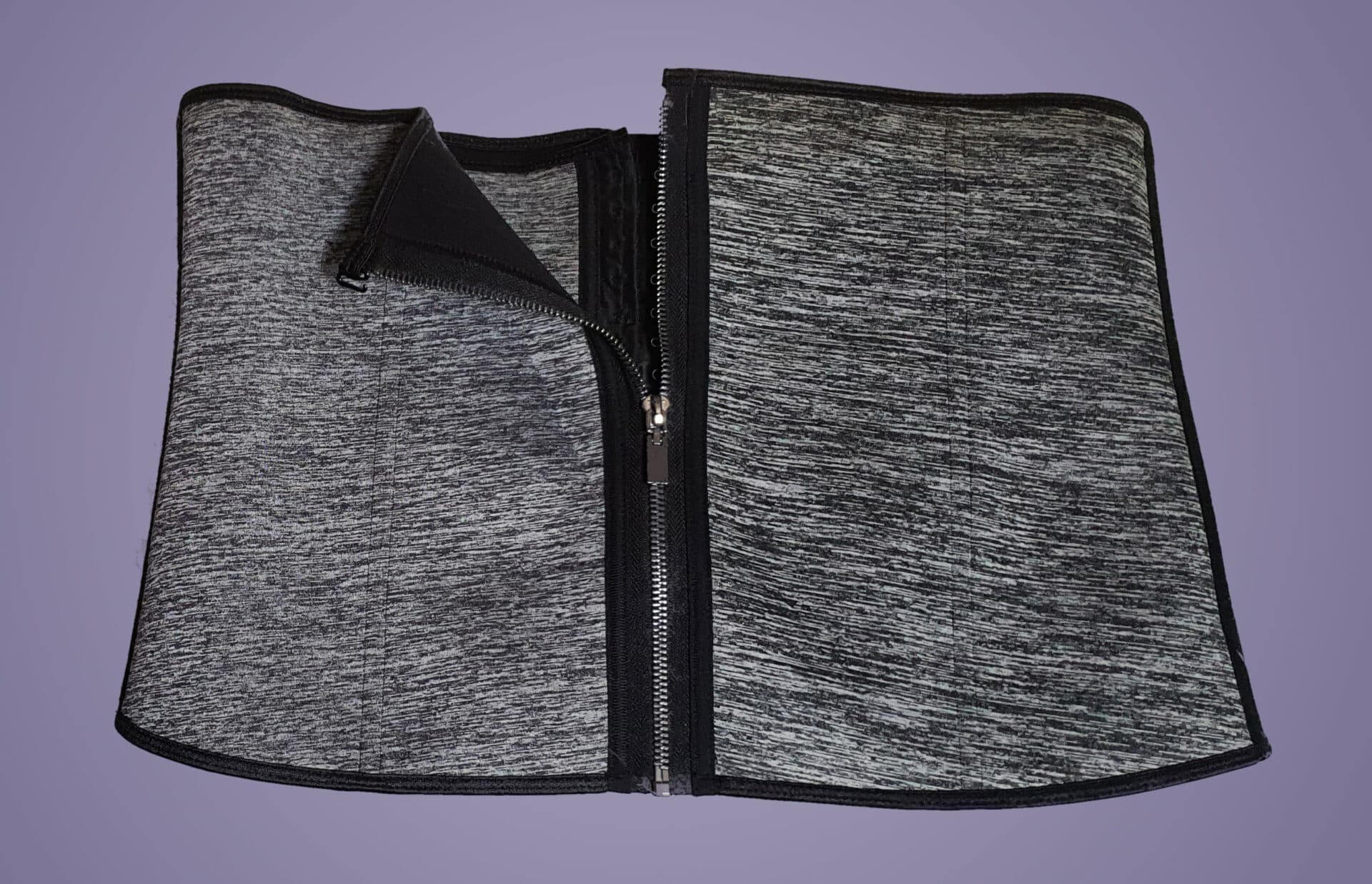
Can You Wear a Waist Trainer While Pregnant? Risks, Alternatives, and Suitable Clothing for Expecting Mothers
It’s the feeling of accomplishment and incomparable joy that comes with welcoming a new life into the world. Pregnancy is a journey filled with excitement,
anticipation, and wonder. Whether it’s your first child or your fifth, each time brings a unique adventure and sets in motion a beautiful bond between mother and child.
From the moment of your pregnancy test all the way through labor and delivery,
there is an array of experiences and emotions that accompany this wonderful time. And it’s also a time for learning about yourself and developing relationships with your baby and those around you.
Can You Wear a Waist Trainer While Pregnant?
When pregnant, it is not advised to wear a waist trainer as such an action can impose pressure on the abdominal region,
dramatically limiting the growth of the uterus and ultimately endangering both the mother and her unborn offspring.
Furthermore, acquiring and preserving correct posture during pregnancy is fundamental for the support of a swiftly growing baby
, yet wearing a waist trainer can limit motionability and make attaining good posture difficult to accomplish. No determination concerning the utilization of a waist trainer or other articles of its kind should be made without first consulting with a doctor or healthcare professional.
The Effects of Pregnancy on the Body
Pregnancy is a time characterized by many physical changes that have a direct impact on the health of both the mother and the fetus. Weight gain is necessary for supporting the growth of the baby and can cause abdominal expansion, leading to skin stretching.
An increase in hormones, such as progesterone and estrogen, may also result in shifts in mood and energy levels,
as well as changes in skin. Back pain may be experienced due to the shifting of center of gravity from the added weight. Furthermore,
fatigue is often present because the body’s energy is redirected towards caring for the growing fetus.
Swelling may occur in the feet, ankles, and hands due to fluid retention in the body. In addition,
an enlarged uterus that exerts pressure on the stomach can cause acid reflux and heartburn.
Digestive problems due to slowed digestion can result in constipation. For this reason,
it is essential for pregnant women to prioritize their own well-being in order to ensure the health of both parties involved.
The Dangers of Waist Training While Pregnancy
The use of waist trainers,
such as corsets or other restrictive garments, to shape the waist should be acknowledged as potentially harmful and conducted cautiously under professional medical supervision.
It is especially important not to wear a waist trainer while pregnant without consulting a medical expert, as it could lead to serious complications for both the mother and the child. Restrictive garments can cause a range of negative health effects, including difficulty breathing, compression of internal organs,
restricted circulation in the lower body, skin irritation and rashes due to non-breathable fabrics, and posture problems with potential back pain.
Additionally,
extended use of such devices can alter the natural shape of the waistline, making it hard for it to return to its original condition once the garment is removed.
Alternatives To Waist Training While Pregnant
Pregnant women should refrain from using waist trainers due to the potential risks of discomfort or harm they could cause both mother and baby. As an alternative,
one may exercise on a regular basis to stay active and manage their weight, such as through prenatal yoga or walking.
For optimal results,
it is also crucial that pregnant women pay close attention to their dietary and hydration requirements when it comes to weight management. Before starting an exercise plan, however, it is highly advised for pregnant women to consult their obstetrician or midwife for further guidance.
Clothes to Wear During Pregnancy
During pregnancy, it is critical to dress in accommodating and supportive clothing. Maternity wear can be beneficial to ensure comfort and convenience,
featuring designs specially crafted for a developing belly and built-in panels or stretchy waistbands to support the back and bust.
Notable examples involve maternity leggings or trousers with an elastic midsection that can be worn over the bump; dresses or tops with a sturdily designed panel or adjustable waistband; nursing bras with adjustable straps and cups that can be tailored to changes in breast size; and supportive low-heeled footwear that adds extra comfort during pregnancy.
Additionally, many mothers-to-be find that non-maternity attire made from stretchy fabrics such as leggings, maxi dresses,
and tunics provide comfortable alternatives as their pregnancy progresses even further.
When selecting garments to wear during pregnancy,
one must consider the season and temperature to ensure sufficient comfort and not risk overheating.
Conclusion
In conclusion, it is imperative for pregnant women to make sure they wear clothing that is comfortable, supportive,
and suitable for their ever-changing bodies. To accommodate a developing belly and ensure adequate back and chest support, special maternity clothing is highly recommended.
Fortunately, for those who prefer non-maternity clothes,
options with stretchy fabrics can be just as cozy and conveniently accommodating as the pregnancy advances. Before embarking on any physical activity, one ought to consult with their healthcare provider to ensure that the chosen apparel is both comfortable and seasonally suitable.
It is advised that expecting mothers avoid using waist trainers as these garments can compress abdominal muscles,
leading to an uncomfortable or potentially hazardous environment for mother and child alike.